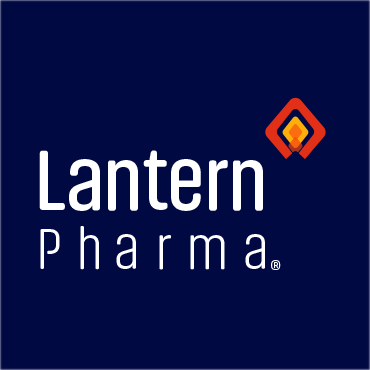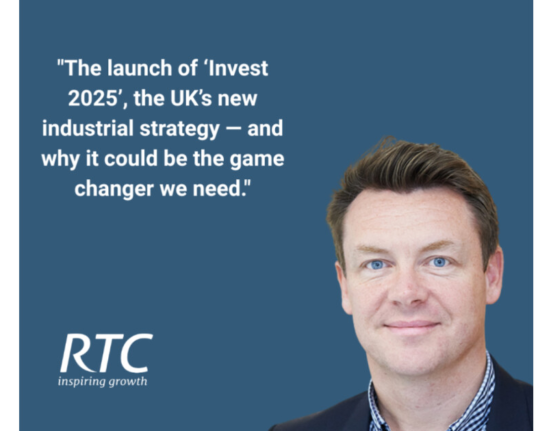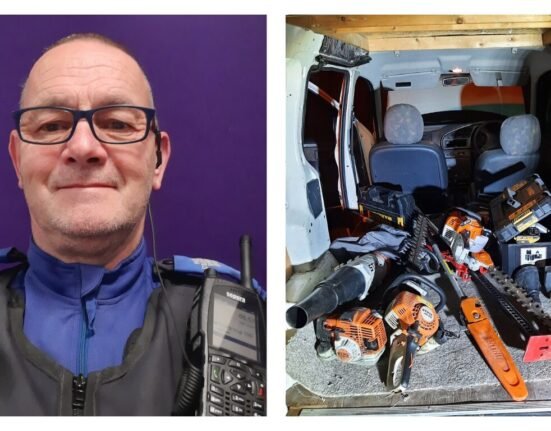Q: How is the pace and quality of enrollment in Asia compared to the US? A: The pace of enrollment in Asia is about 2 to 4 times faster than in the US. The sites in Asia ramped up faster, and in the past few months, the output from Asia has matched that of the US, with a much quicker timeline from onboarding to first patient. This trend is expected to continue, potentially reaching 3 to 4 times faster enrollment this year due to the Asian sites. – Panna Sharma, CEO
Q: What are the opportunities for ADCs that substitute the toxic payload with another immunotherapy? A: Substituting the toxic payload with another immunotherapy, such as an immunomodulating agent, is possible and is an area of interest. There is potential for innovation in designing multi-payload ADCs, which could include both immunomodulating and toxic payloads. However, testing these complex architectures, especially in non-human primates, remains a challenge. This area is well-suited for AI-driven precision biology and data collection. – Panna Sharma, CEO
Q: Can you provide an update on the harmonic trial data expected later this year? A: We have enrolled a significant number of patients in Asia and the US, and we continue to see positive clinical benefit trends. We expect to have a mid to late Q2 readout, with a key update at 30 events, likely closer to the end of the year. This will help decide whether to proceed to a larger trial and potentially partner the asset. – Panna Sharma, CEO
Q: What should we look for next in your ADC programs? A: We have exciting pre-clinical data, particularly in HER2 low and medium expressing cancers, showing higher potency than existing FDA-approved agents. We are also working on new payloads that are significantly more potent. Expect more pre-clinical data and announcements of partnerships using our ADC AI platform as an analytical tool. – Panna Sharma, CEO
Q: Why was the LP 184 data delayed, and when can we expect results? A: The delay was due to higher dose levels being reached in the trial, which extended the timeline. We are now in cohort 11 or 12, with each cohort taking about a month. We have not seen significant adverse events and are beginning to see therapeutic levels of efficacy. Results are expected once these higher dose levels are fully evaluated. – Panna Sharma, CEO
For the complete transcript of the earnings call, please refer to the full earnings call transcript.
This article first appeared on GuruFocus.







